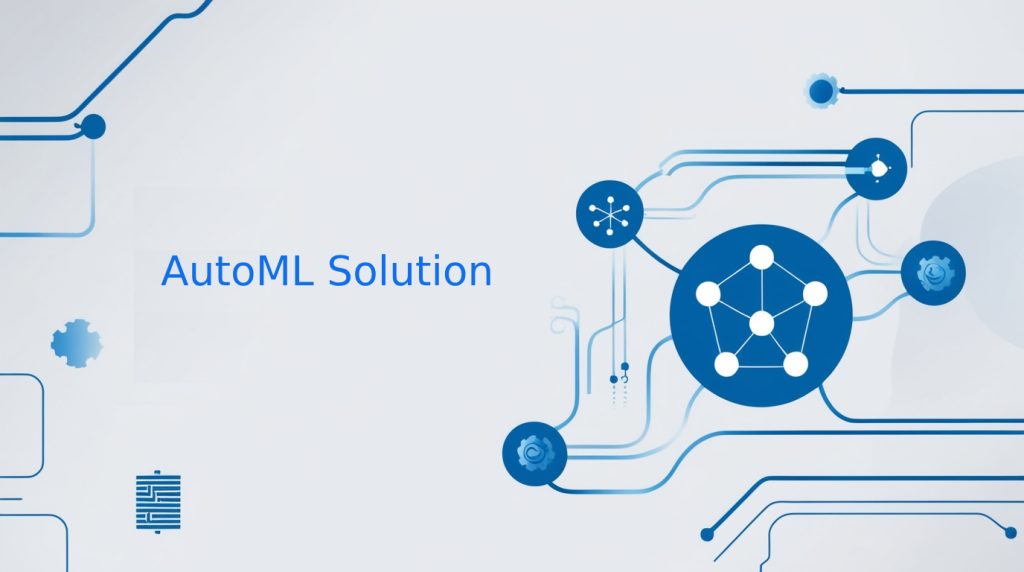Data Validation in Machine Learning Pipelines: Ensuring Data Quality at Scale
Data is frequently the unnoticed motivation underlying powerful algorithms in the field of data mining (DM). Data endures numerous shifts, screening, and handling steps as it moves across intricate funnels via learning into inferences. This basic fact is constant despite the ongoing advancements in machine learning approaches: high-quality data is necessary for high-quality outcomes. Despite more advanced deep learning programs can produce subpar, faulty, or biased findings if they are not properly validated. Why Is Data Validation Crucial in ML Pipelines? How Is Validating Data Important for Machine Learning The pipes? Making sure that information is correct, regular, and prepared for use with algorithms for machine learning is known as validated data. Dataset might become damaged or changed in a variety of ways as it passes within an ML pipes, the including mistakes made during storage, poor initial processing, or changes in the presentation of the data itself. Inaccurate data may result in: The Difficulties of Scaling Up Data Validation The complexity of maintaining the accuracy of data rises with the size of training algorithms. Numerous difficulties are brought about by huge databases, a variety of knowledge reports, and the need for immediate time handling: 1. The Data Density and Diversity A great deal of information from various places are frequently handled by huge-scale machine learning processes. This data may be organized (like Javascript or Html), unprocessed (like word or photos), or controlled (such as relationship stores). Reliable methods and Automated are necessary to guarantee that any kind of data satisfies evaluation standards. 2. Thinking and Memory Distortion Whenever data’s metrics vary over time, a phenomenon known as „information drift,” the model’s forecasts become less precise. The transition may occur gradually (due to periodicity or alterations to user conduct) or abruptly (due to a significant software refresh, for example). Idea drift is the process by which previous instruction information loses significance as the link amongst the two components alters. 3. Authentication of Data in Current Time Validating data must take place to avoid appreciable congestion for programs that need to make decisions in immediate form or nearly immediate (such as securities trading computer programs, autopilots, or theft monitoring). arguably the many difficult parts of growing machine learning systems involves checking streaming data in context without preserving velocity and effectiveness. Conclusion For predictive modeling initiatives to be successful, verification of data is a continuous process rather than an isolated occurrence. Establishing successful, equitable, and dependable algorithms demands that the data entering their algorithms be fresh, correct, and valid, regardless of when you’re working with unorganized data from connected devices, organized data from records, or continuous stream of data.


![ZINGMIND_NEW_LOGO_001[1] ZINGMIND_NEW_LOGO_001[1]](https://zingmind.com/wp-content/uploads/elementor/thumbs/ZINGMIND_NEW_LOGO_0011-qx8qysq507q69bk8kd1xqx0s0k5ejeu55i4yozn5s0.png)

![ZINGMIND_NEW_LOGO_001[1] ZINGMIND_NEW_LOGO_001[1]](https://zingmind.com/wp-content/uploads/elementor/thumbs/ZINGMIND_NEW_LOGO_0011-qx8qysq7g3l9jd8p43ct29rnkp1tbfe8xpueghpwuo.png)